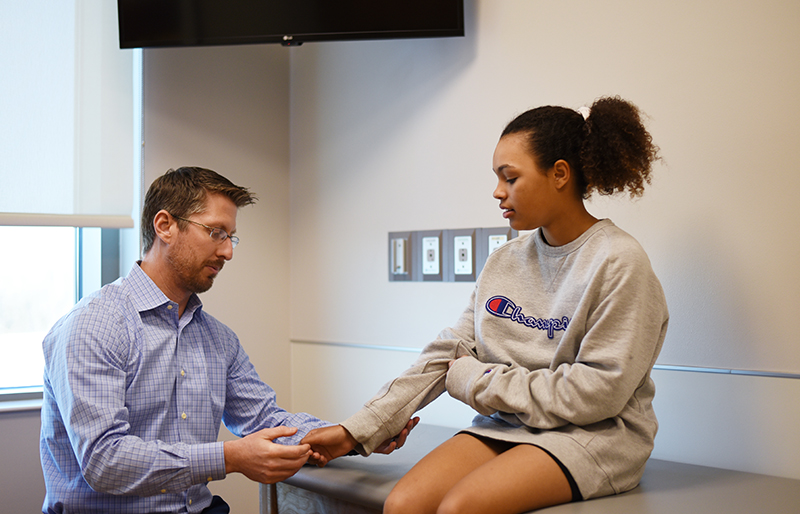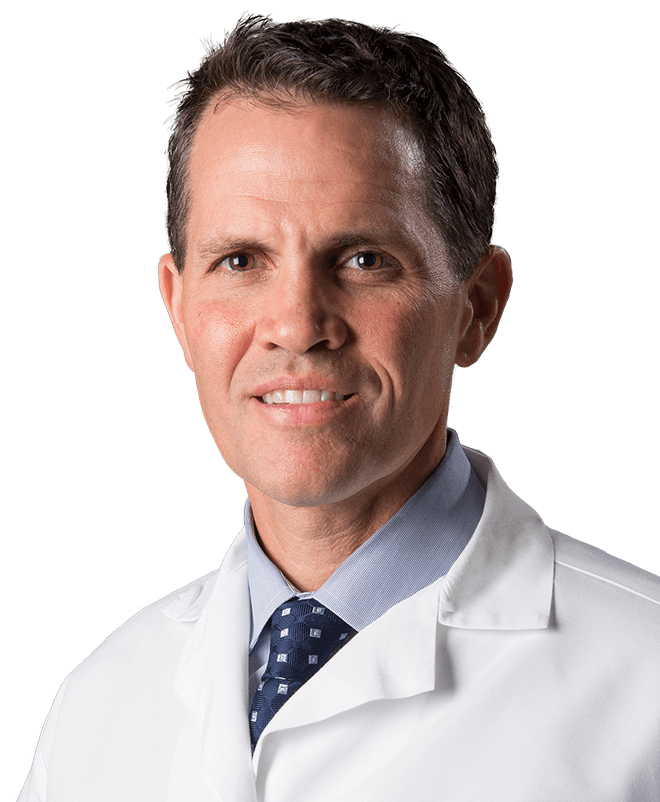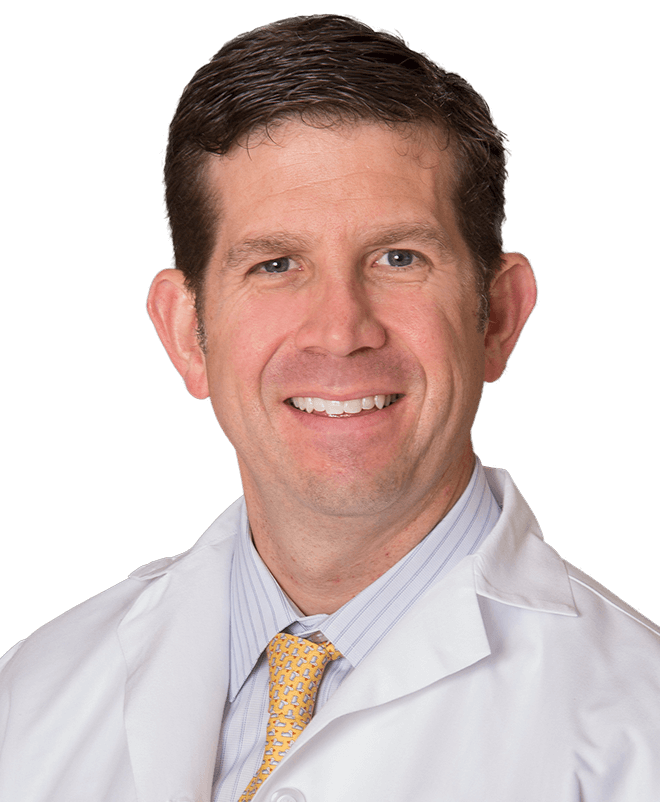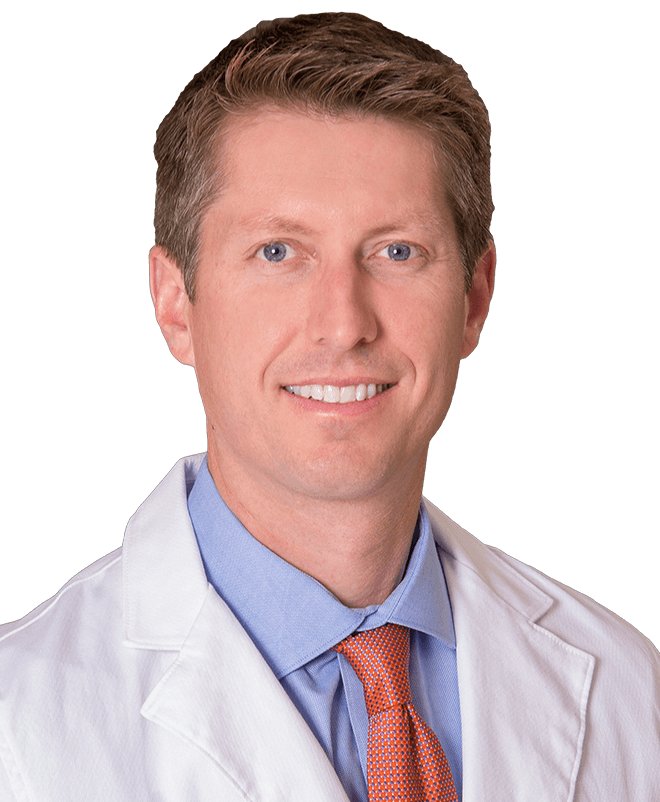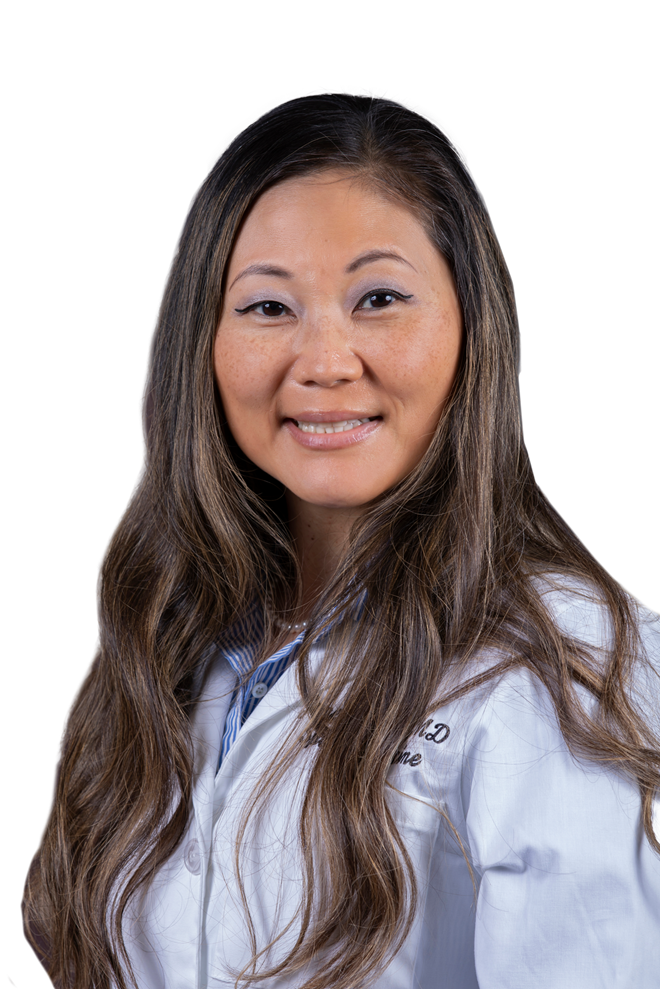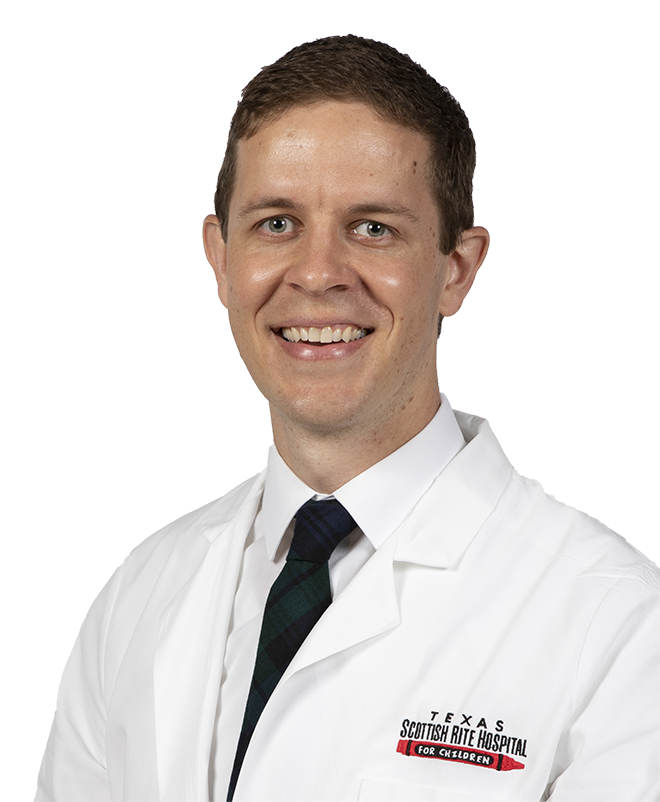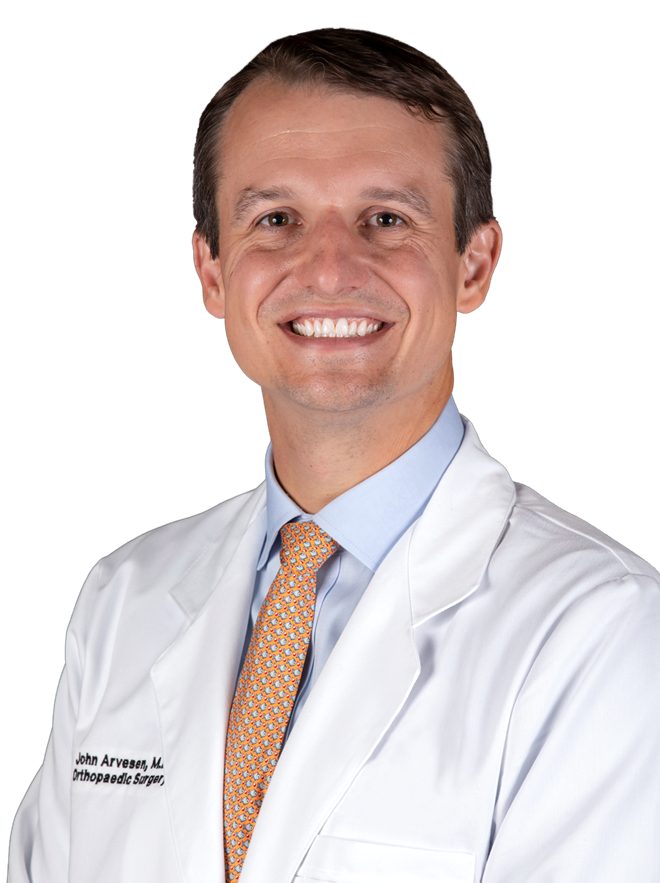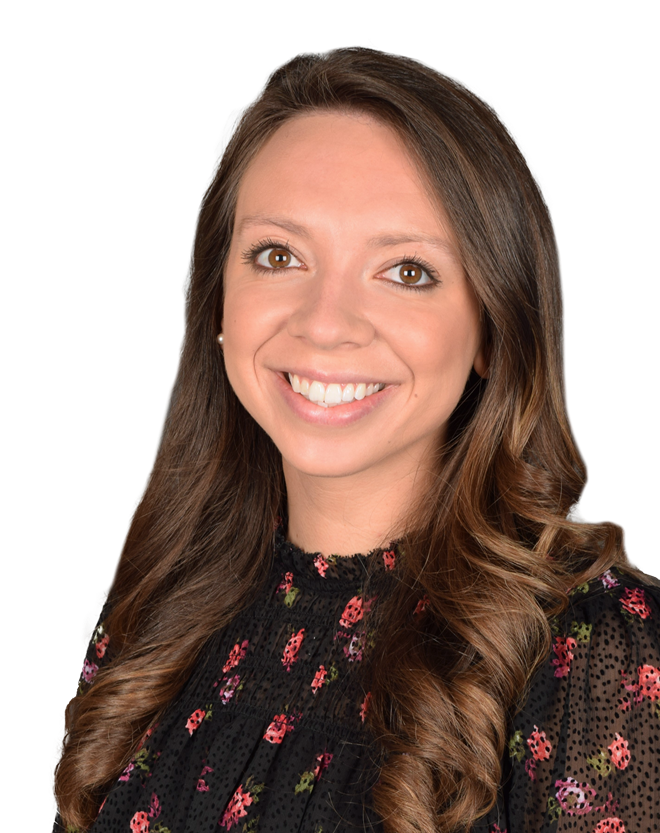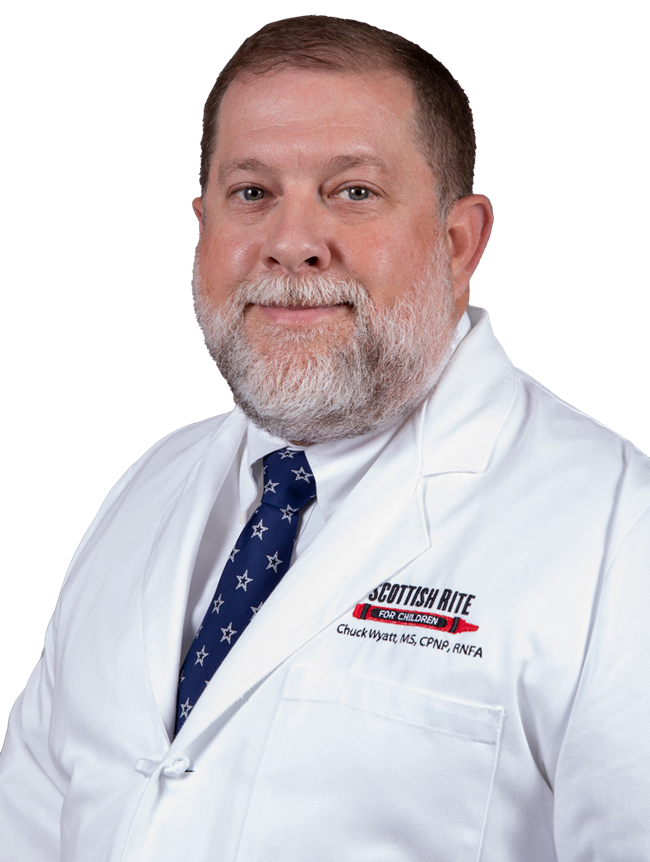Sport-related concussions continue to be a challenge in youth sports. Despite legislation and ongoing educational efforts, one in every two athletes who sustain concussions report returning to play on the same day after their injury. This has been clearly associated with longer recoveries and more severe symptoms. Read more about our concussion research and results.
The Concussion Registry (ConTex) is a large, multi-center prospective registry for patients who sustain a concussion. The project was designed to collect information from each phase of concussion recovery including before and surrounding the injury, after injury, throughout recovery and beyond. Studying how injuries occur, type of sports played, management strategies, treatment during recovery and outcomes, this comprehensive database will help to determine which tests, treatments and services are most effective and result in the best outcomes. This evidence will be available to guide care for future patients after a concussion.
Since the project launched in 2015, more than 2,300 participants across all sites, including 800 participants at Scottish Rite, have enrolled. Of these participants, a vast majority are sport-related concussions. Access to this wealth of data has already generated many interesting findings in this population that our team shares with our patients, their families and the community.
Sport Concussion Outcomes in Pediatrics (SCOPE), a national study group, has come together to study factors related to the clinical assessment and recovery of pediatric athletes after a concussion. SCOPE is a collaboration with members of the Pediatric Research in Sports Medicine Society (PRiSM) Concussion research interest group led by colleagues at Children’s Hospital Colorado.
This study is designed to look at the changes in balance and movement in children and adolescents after a concussion. The study is conducted in our state-of-the-art movement science lab and utilizes numerous objective measures to assess Results should help us better understand how each patient’s function is affected during and after recovery. This can help continue to refine post-concussion recommendations regarding returning to school and play.
Our research has been featured in several news publications. Read more:
Sports medicine conditions are most often near or around a joint. The joints in the arm, also called the upper extremity, are at higher risk of injury with repetitive throwing or overhead motions with sports such as gymnastics, baseball and volleyball. Other injuries that occur with a collision or other traumatic situation may cause a fracture. Though these are harder to prevent, studies are focused on finding ways to return young athletes to sport safely and quickly.
The purpose of the Factors Associated with Clavicle Treatment Study (FACTS) is to develop a better understanding of the healing, costs and best treatment options for patients with clavicle shaft fractures. Eight nationally recognized centers for pediatric orthopedic care, led by colleagues at Boston Children’s Hospital, collaborate to establish and continue to grow a large, demographically and geographically diverse sample. To date, almost 1,000 participants have been enrolled, including 170 from Scottish Rite for Children.
A primary focus has been to compare operative and nonoperative treatment outcomes. When looking at functional and patient-reported outcomes and complications of patients with completely displaced, midshaft clavicle fractures (clavicle looks like a Z), the operative plan did not offer a long-term benefit in terms of pain, quality of life, patient satisfaction or shoulder/upper extremity function. Additionally, operative treatment had a higher risk of a secondary or unexpected surgery and more complications with their treatment.
This study was recognized as the “Best Clinical Paper” at the 2019 Annual Pediatric Society of North America (POSNA Conference). This international conference represents hundreds of projects of the highest caliber in pediatric orthopedics.
Osteochondritis Dissecans (OCD) is a condition affecting the cartilage and bone on the surface of a joint. Research in Osteochondritis in the Elbow (ROCKET) is the first centralized, comprehensive database of elbow OCD cases collected prospectively. This large database includes variables associated with the disease characteristics, course of treatment and healing and long-term follow-up for different types of elbow OCD lesions. The Scottish Rite team is among more than 15 pediatric orthopedic and sports medicine centers participating under the leadership of colleagues at Hartford Healthcare in Connecticut.
Learn more about Osteochondritis Dissecans (OCD) in the Elbow.
The purpose of our retrospective reviews of the upper extremity, including the elbow and shoulder, is to better understand various forearm, elbow, and shoulder injury patterns and outcomes. Retrospective reviews are valuable tools for developing high-quality prospective projects.
Anatomical studies, most often conducted in a cadaver lab, provide insight into mechanisms of injuries, improvements in surgical techniques and risk assessment and prediction. Imaging studies often demonstrate standards and provide better guidelines for evaluating injuries and planning operative treatments.
The hip is a ball and socket joint which makes it very flexible, but also puts it at risk of injury. Overuse injuries of the hip are common in sports that require repetitive movements such as hockey, gymnastics and dancing. Studies of the hip in sports medicine are focused on soft tissue damage often caused by these repetitive activities.
The purpose of the Academic Network for Conservational Hip Outcomes Research (ANCHOR) is to investigate adolescent and adult hip disorders focused on improving patient care through research, education and mentorship. Led by colleagues at Washington University in St. Louis, Missouri, ANCHOR includes 40 surgeons representing more than 20 sites across the country. ANCHOR is currently investigating femoroacetabular impingement (FAI) surgical outcomes. This investigation is funded by the U.S. Department of Defense. ANCHOR is also studying predictors of treatment and surgical outcomes on a variety of hip-related pathology.
The purpose of this study is to evaluate the nonoperative treatment and outcomes in FAI and hip dysplasia. This project aims to identify optimal practice and understand the biomechanical adaptions in adolescent with hip pain. We collaborate with our movement science team and physical therapists to comprehensively study hip mechanics during functional activity, including sport-specific activities.
The purpose of this study is to investigate the clinical outcomes of adolescent and pediatric patients with pelvic apophyseal avulsion fractures. Researchers collect information about how these fractures happen, how they are treated, how patients feel and how they can move their bodies during and after recovery. This study is led by our colleagues at Washington University and joined by six other institutions from across the country.
Knee injuries and complaints are the most common conditions we treat in the Scottish Rite for Children sports medicine clinic. Therefore, our team is eager to find ways to reduce the risk of knee injuries, identify conditions as early as possible and effectively return patients to normal activity. Physical safety and psychological readiness to return to play are particularly important.
An anterior cruciate ligament (ACL) tear is a common injury in young athletes. The time to recover from the surgical reconstruction of the ligament is long, and the path back to sports, which includes rehabilitation, is intense. This study evaluates the characteristics of patients who do and do not return to their previous level of sports competition 12 months after their ACL reconstruction. This information will help surgeons better counsel athletes based on preoperative physical and psychological characteristics.
Our sports medicine providers have an interest in learning and understanding ACL tears and patient recovery. This can be seen through our investigations of the biomechanical assessment, our review of psychological factors that may impact recovery, and our analysis of if patients are able to return to their same level of sport following surgery. We collaborate with our Movement Science Lab, adolescent psychologist, and physical therapist teams to understand the whole athlete.
Read about a novel technique introduced by our team in 2020.
Watch this video to learn more about osteochondritis dissecans of the knee.
ROCK
- The Research OsteoChondritis of the Knee (ROCK) study group collaborates to create a large, prospective registry to study OCD in the knee. This registry looks to follow operative and non-operative care and long-term outcomes. More than 30 surgeons represent more than 20 national and international major medical centers including the lead site Children’s Hospital of Philadelphia.
Unloader Brace
- Nonoperative treatment for osteochondritis dissecans (OCD) of the knee includes wearing a hinged knee brace, called a valgus unloader brace, which applies pressure above and below the knee to reduce pressure on the affected area inside the joint. Initially, no weight is allowed on the involved leg. Later weight-bearing is allowed with activity restrictions and the brace use may or may not continue. This study examines patient satisfaction and compliance with brace wear. Comparing these non-operative treatments will help determine if they are equivalent and if patient satisfaction and compliance are similar. Additionally, this study looks at the biomechanical effectiveness of the Unloader brace. We recently received funding from the Pediatric Orthopaedic Society of North America (POSNA) to continue this important investigation.
Psychology
- Osteochondritis dissecans requires extended time out of sport and daily activities. This study evaluates the psychological impact of the initial diagnosis, throughout care and beyond recovery. In partnership with, Boston Children’s Hospital, our team aims to improve understanding of psychological stress and return to sport readiness following treatment. We hope this can help clinicians provide the appropriate outreach and counseling for patients who are at risk for increased psychological stress.
JUPITER
- The purpose of the Justifying Patellar Instability Treatment by Early Results (Jupiter) study group is to create a prospective registry of patients with patellar instability. Since it can lead to significant mobility and arthritis, it is important for clinicians to determine the best treatment for these patients. This registry looks to follow operative and nonoperative treatment and long-term outcomes. Scottish Rite is among 15 sites participating in this project led by colleagues at Cincinnati Children’s Hospital and the Hospital for Special Surgeries.
Other Investigations
- Our team is also investigating the anatomical, biomechanical, and psychological factors associated with patellar instability and recovery after injury/treatment. We collaborate with our Movement Science Lab and Sports Psychologist along with our colleagues at other institutions.
The purpose of this study is to evaluate and improve pain and opioid use following a standardized surgery in our pediatric and adolescent population. The sports medicine surgeons, advanced practice providers and anesthesiologists developed and implemented a standardized, postoperative pain management protocol for common procedures. In light of national concerns about misuse of prescription medications, in particular narcotics, the goal of the project is to safely reduce the number of doses of opioids prescribed while providing adequate pain control.
Musculoskeletal ultrasound is the evaluation of injured joints, ligaments, tendons, muscles and bones using sound wave technology familiar to many for other uses such as fetal assessments. Because many sport-related injuries cause discomfort with specific movements, the images are more helpful in diagnosing some conditions than X-rays.
Ankle Injuries
The purpose of this study is to determine how often os fibulare (formation of bone near the tip of the lateral ankle bone) develops following a first-time lateral ankle injury in the pediatric population. Another goal of this study is to determine if ultrasound, a non-radiating imaging technique, can identify the formation of the os fibulare. Furthermore, it will help providers prevent ongoing symptoms in patients who develop os fibulare, identify long-term treatment options and help prevent unnecessary future workup.
In an expansive space with the latest technologies, including motion capture, biomechanists and bioengineers quantify movement patterns and potential deficits in active children and teens. Data from patients and healthy subjects is used to assess treatment outcomes and establish return-to-play criteria after various sport-related injuries, including concussions. This data is also used to address broader issues like reducing risk before an injury occurs based on sport and population.
This team works closely with the sports medicine center for excellence and multi-center projects in pediatric orthopedics, sports medicine, adolescent movement science and injury prevention. Learn more about these and other projects in the division at Scottish Rite. Call 469-515-7160 or email
MSL.Frisco@tsrh.org to learn more about the Frisco lab and projects.
Current collaborative projects include:
- Video motion analysis before and after joint and limb injuries and arthroscopic surgeries
- Role of exertion on cognitive and functional performance following concussion
- Sport-specific movement analysis in young athletes
